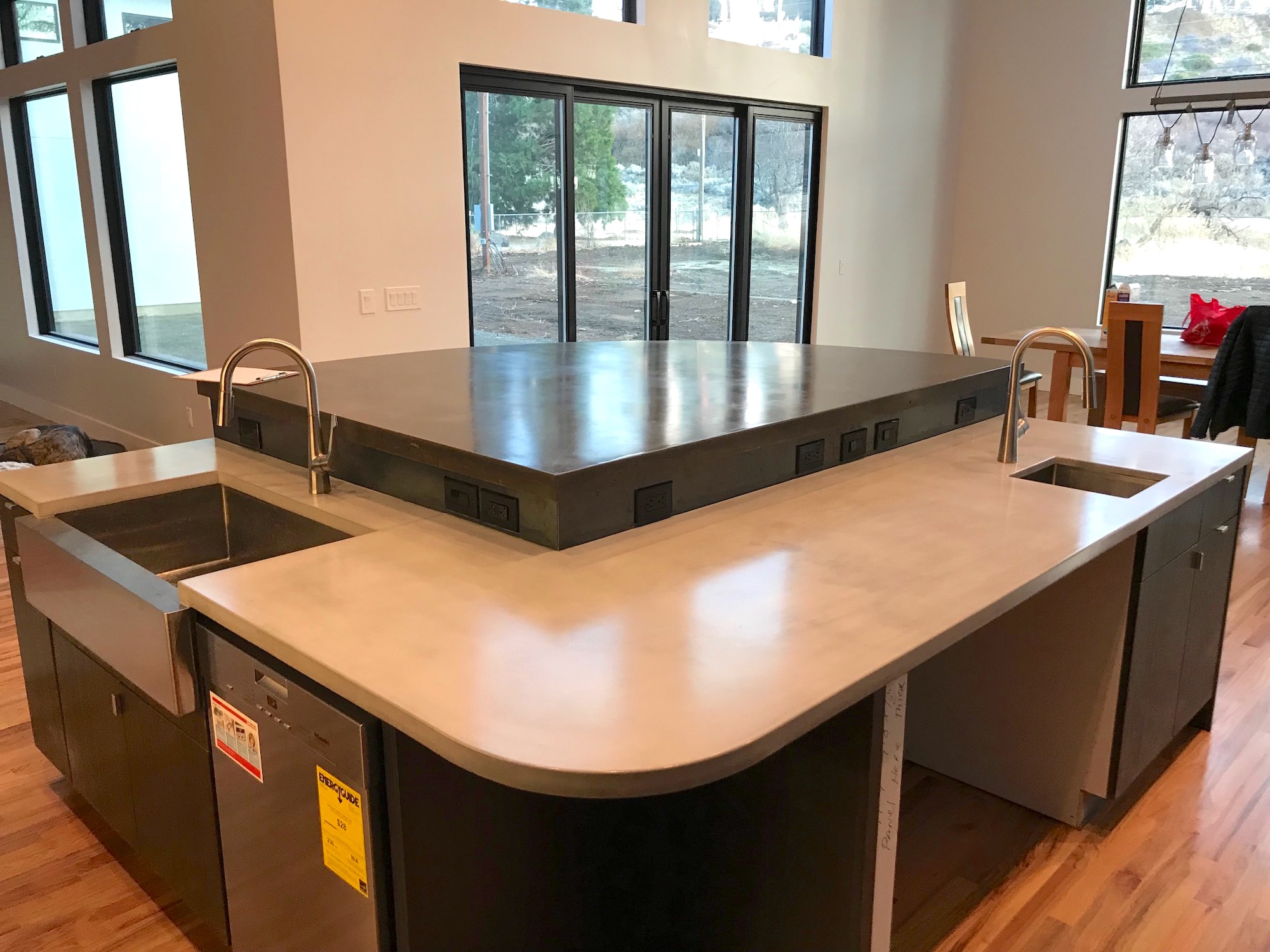Jeff Frame, owner of Frame Architecture, sits at the front desk of his firm’s office in Reno on Monday, July 19, 2021.
Photo by Kaleb Roedel.
 A look at kitchen countertop made of glass fiber reinforced concrete that was fabricated by Haus of Reed, a custom furniture and interiors shop based in Sparks. Courtesy Photo
A look at kitchen countertop made of glass fiber reinforced concrete that was fabricated by Haus of Reed, a custom furniture and interiors shop based in Sparks. Courtesy Photo
Comments
Use the comment form below to begin a discussion about this content.
Sign in to comment